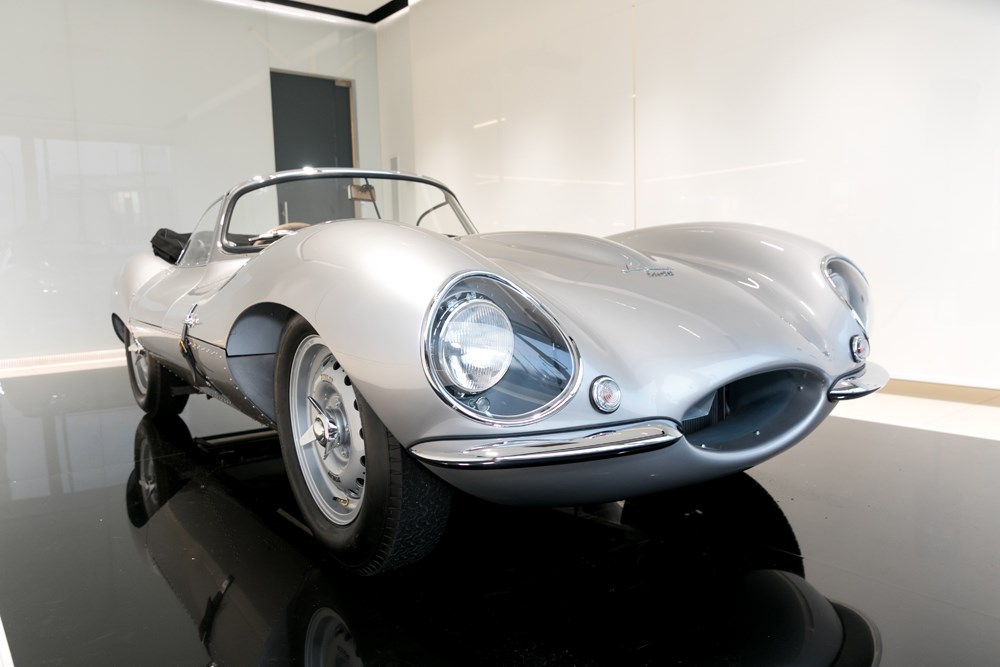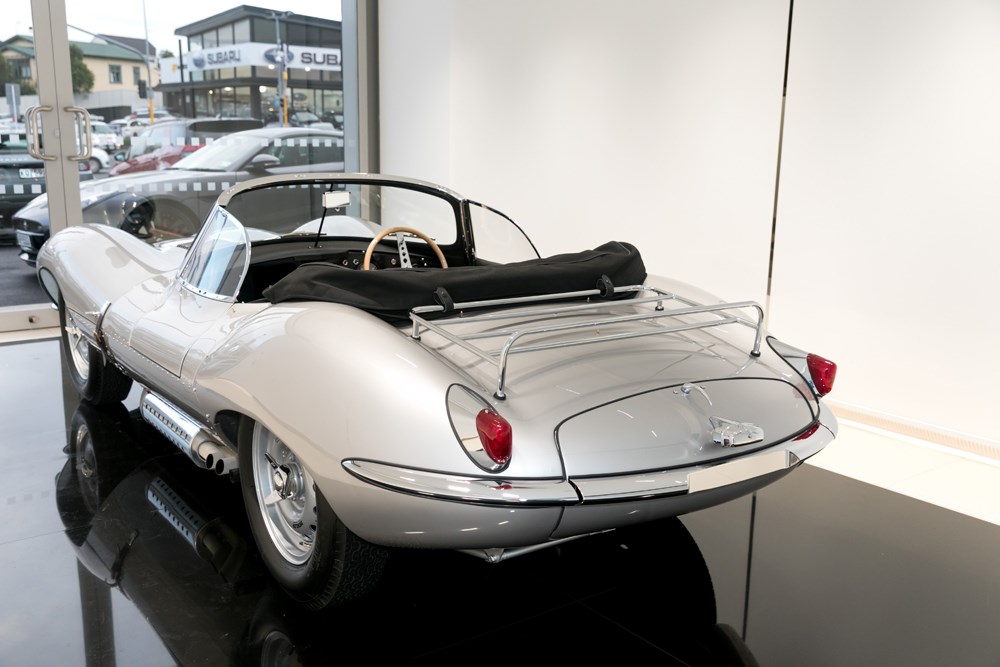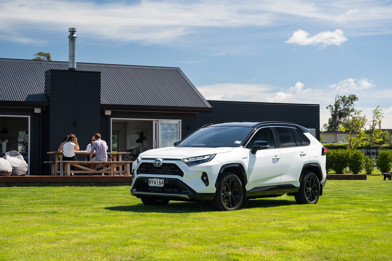New Zealand will be the home of a new $1.76m sports car, one of just nine re-made after a factory fire stopped production 60 years ago.
Often referred to as the world’s first supercar, the XKSS was originally made by Jaguar as a road-going conversion of the Le Mans-winning D-type, which was built from 1954-1956.
In 1957, nine cars earmarked for export to North America were lost in a fire at Jaguar’s Browns Lane factory in the British Midlands; meaning just 16 of the planned 25 examples of XKSS were built.
Hollywood actor Steve McQueen was one of the car’s most famous owners. McQueen bought one in 1958, and when he later sold it - he missed it so much he bought it back.
Auckland car-enthusiast and joint managing director of the Giltrap Group, Michael Giltrap says the actor’s passion was one of the reasons making opportunity to purchase the roadster hard to overlook.

“The main selling point was that Steve McQueen owned one. It’s also arguably the first ‘Supercar’ ever made. Then there’s the whole story of how the nine chassis were left following the Browns Lane Fire 60 years ago.”
“The styling of the car is every exciting, I love the British style full-stop and the XKSS is one of the most beautiful cars ever made…it all makes it very exciting.”
“I’m not sure you could ever say a million-pound car is a bargain – but it is a great deal,” says Giltrap.
John Edwards managing director, Jaguar Land Rover Special Vehicle Operations who is in New Zealand to deliver the car says the XKSS is arguably the most iconic of all Jaguar models.

“Bringing the XKSS back to life has been a labour of love for all involved.
“Each vehicle has been meticulously hand-crafted, taking an estimated 10,000 man hours to complete. The designers have paid particular attention to ensuring precise detail even down to the number, type and placement of each of 2000 rivets used,” says Edwards.
“We are thrilled to see one of these unique cars coming to New Zealand - a country which has had a strong connection with the Jaguar brand legacy for much of the last century,” says Edwards.
















